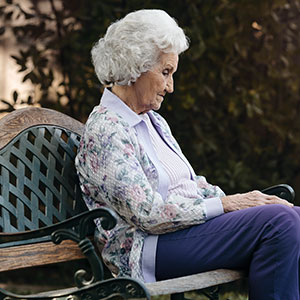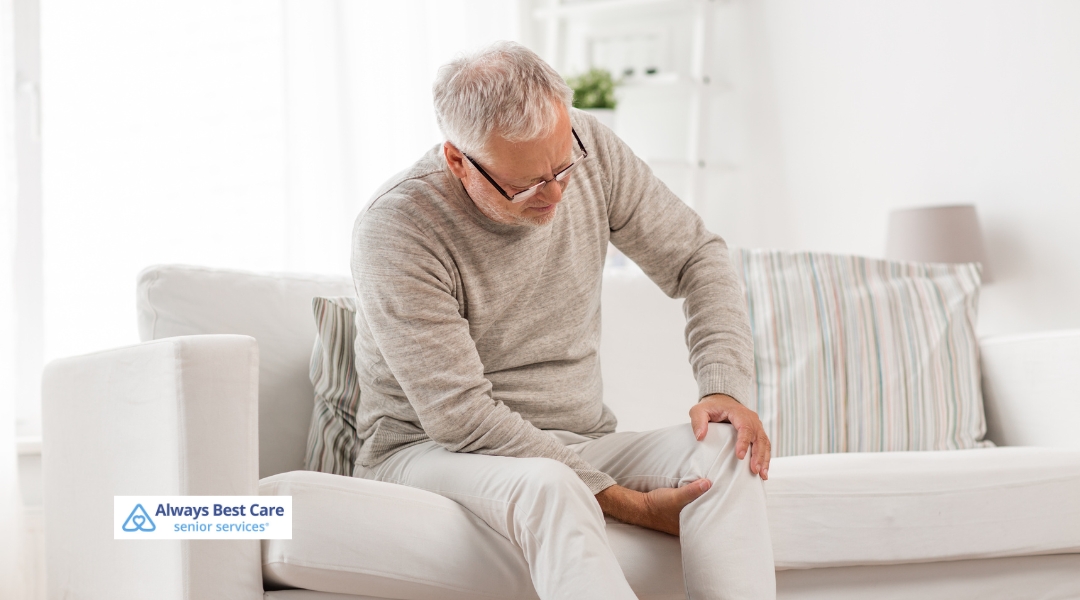What You Need to Know About Osteoarthritis

A common condition that affects many seniors is osteoarthritis. Because this type of arthritis develops over time as the cartilage between joints begins to wear down, it is usually associated with aging. While it can be bothersome, there are also some ways to help manage symptoms and allow you to continue doing many activities that you enjoy.
What Joints are Affected?
Osteoarthritis can occur in any joint, but many seniors feel it in their hands, hips, knees, or lower back. These are joints that are often used a lot throughout the day and therefore experience more wear and tear. With repeated motion, the tissue and cartilage that protects the ends of the bones and keeps them from rubbing against one another break down.
Symptoms of Osteoarthritis
Two common symptoms are pain and stiffness in the affected joints, but they can come and go. You may feel sore and stiff when you first wake up and try to get out of bed, or after sitting for a while and then transitioning to standing. Once you are up and moving, these symptoms may diminish.
You may also notice:
- A grating feeling in the joint due to the bones rubbing against one another. It may pop or crack.
- Poor range of motion and not being able to fully extend or move the joint.
- Swelling and tenderness due to inflammation of the surrounding tissue.
The joint may become sore and painful by the end of the day because of a lot of movement during the day. It’s important to find a balance between being active and resting. Listen to your body.
Managing Osteoarthritis
Weight management: One way to help manage symptoms is to maintain a healthy weight. This can ease pressure and stress on your joints which may in turn reduce wear, pain, and inflammation. Focus on eating a healthy diet and engaging in regular exercise.
Exercise: It may seem counterintuitive to exercise if you have joint pain, but staying active and promoting increased flexibility can actually help. Not using your joints can cause them to become even stiffer and more immobile. You want to keep strengthening and stretching your muscles and improving your range of motion.
Occupational therapy: Occupational therapy can also be beneficial to help you adapt and learn alternative ways of doing things to compensate for issues caused by osteoarthritis. You may find adaptive equipment reduces strain on your joints and makes certain tasks easier.
Medication: Your doctor may also prescribe medications to help reduce inflammation and swelling, ease pain, and support joint motion. Sometimes injections are used to add extra cushioning and fluid in the joint. Eventually, joint replacement may be recommended if more conservative measures are not helping and osteoarthritis is significantly impacting your quality of life.
Assistive Care: Partnering with an in-home caregiver can also help by providing you with the level of support you need to continue aging in place as safely and comfortably as possible. A caregiver can assist with a wide range of daily living activities from wake-up routines and meal preparation to light housekeeping and escorting you on errands.
Contact Always Best Care today at (855) 470-2273 to schedule a free consultation and find out how an in-home caregiver can benefit you if you’re living with osteoarthritis.





